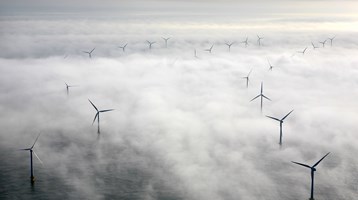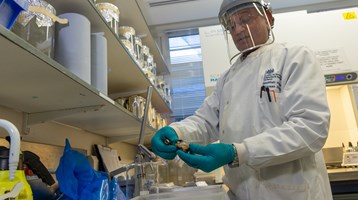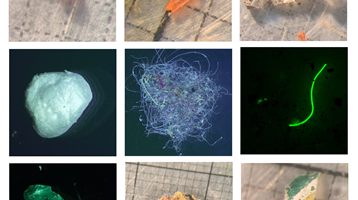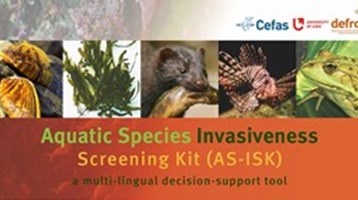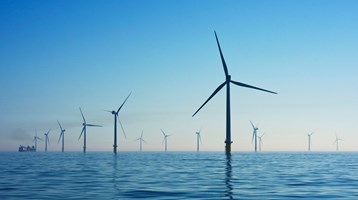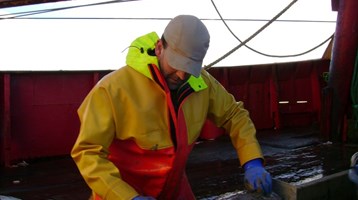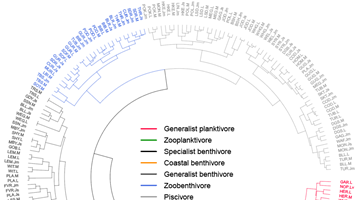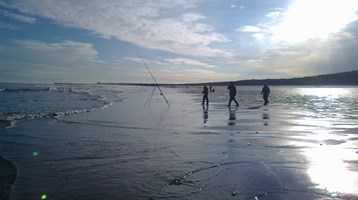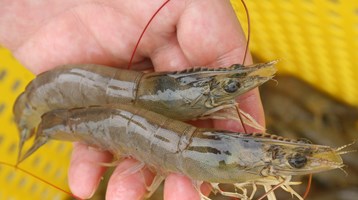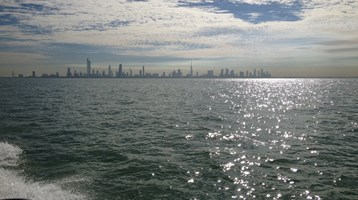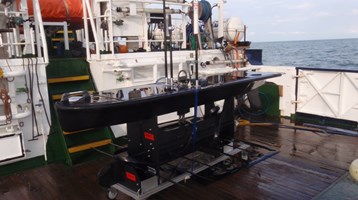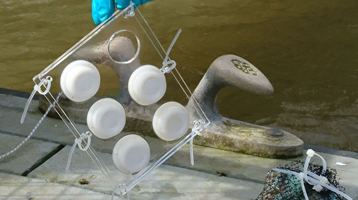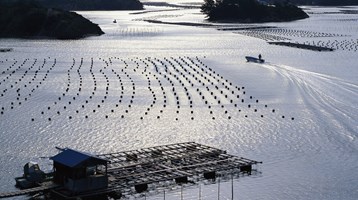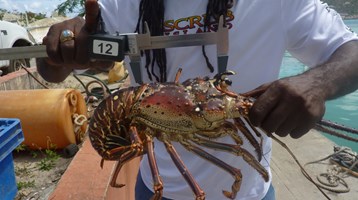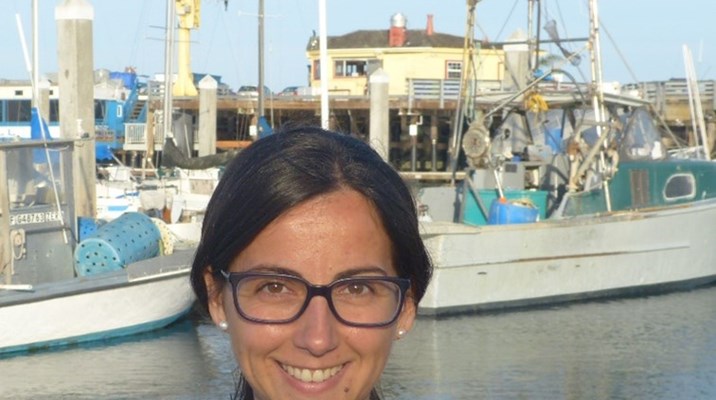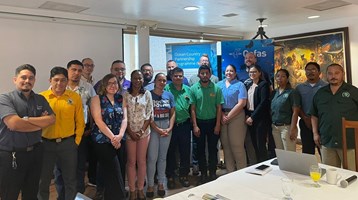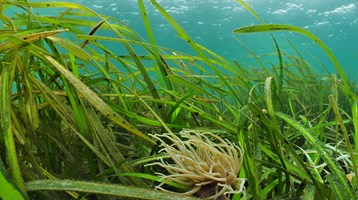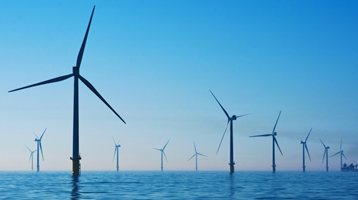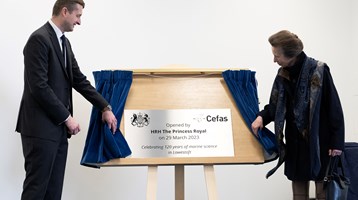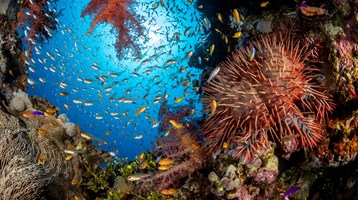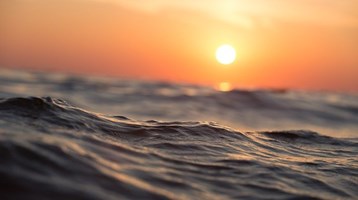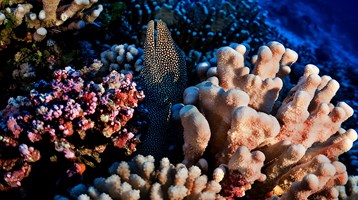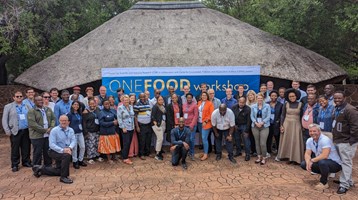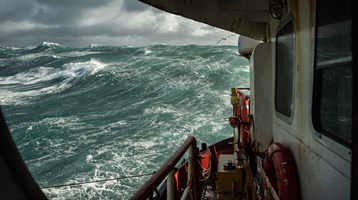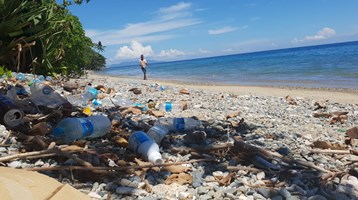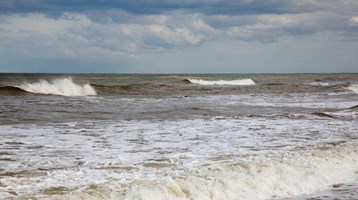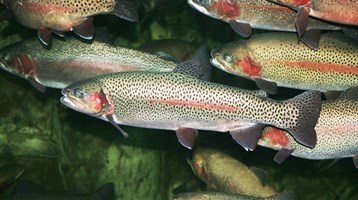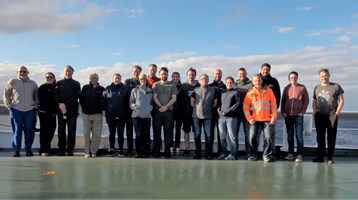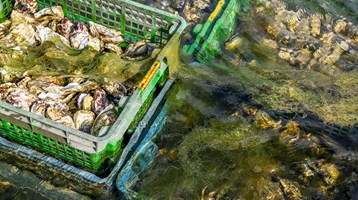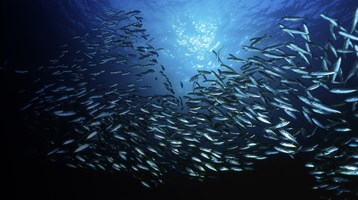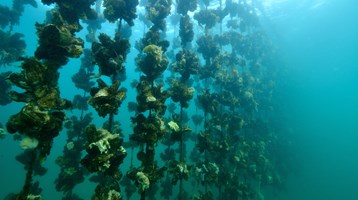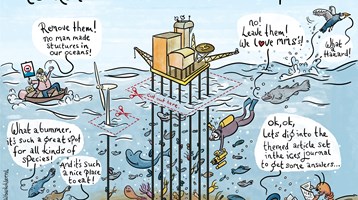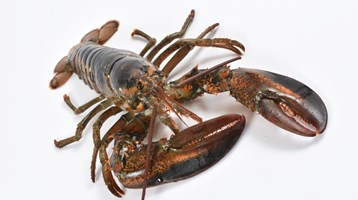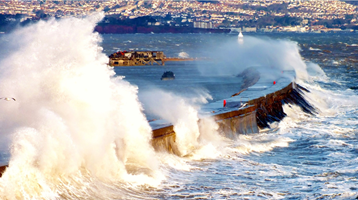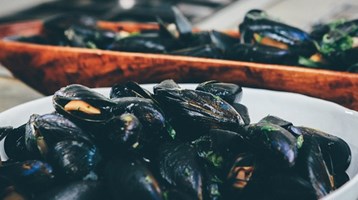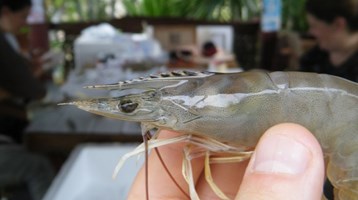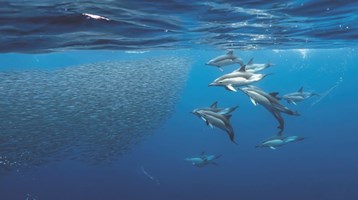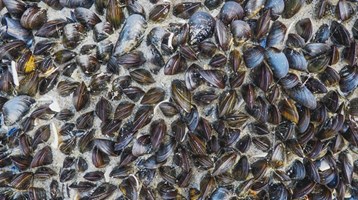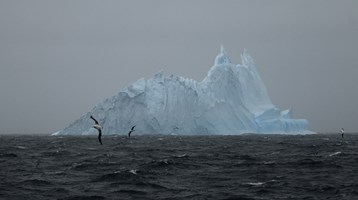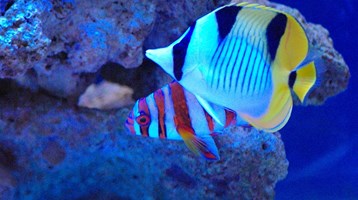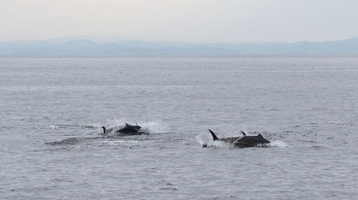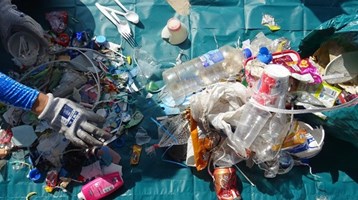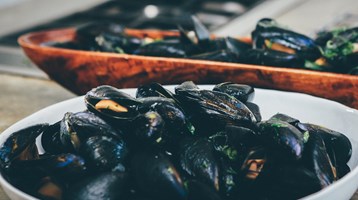Student paper on ‘fisheries mismatch’ celebrates the brand-new partnership between Cefas and University of Essex
2 June 2023
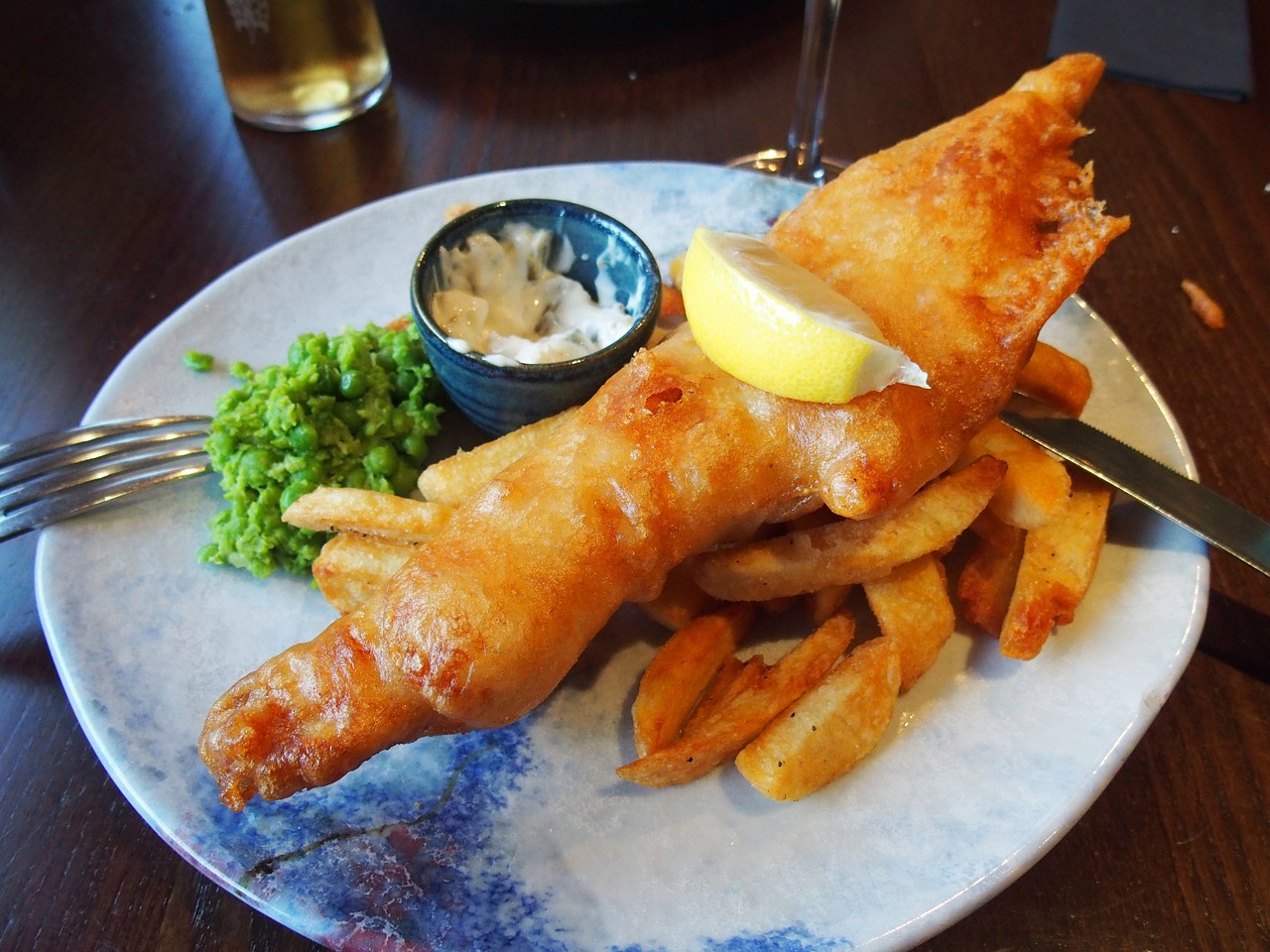
It is less than a year ago that Cefas and the University of Essex signed their Memorandum of Understanding (MOU) to promote marine and freshwater science and education.
And just this week, the first peer-reviewed publication came out as the direct result of a Master of Science student project co-supervised by Cefas, and the University of Essex’s School of Life Sciences.
The paper, published in Reviews in Fish Biology and Fisheries is on a topic that is frequently debated. This is the UK’s growing mismatch between the fish we catch and the fish we want to eat; and the clear implications this has for our future food security, according to the new research.
For the first time, the paper offers a comprehensive, long-term analysis of how major policy changes in the past 120 years have influenced patterns in UK seafood production, trade and consumption. It shows that even if we changed our fish-eating habits away from choosing flaky white fish such as cod and haddock - that are largely imported from other countries - to the species more common to our own waters, like herring and mackerel, UK seafood production would still be unable to meet domestic demand or the Government’s healthy eating recommendations.
Luke Harrison, who led the study while at Essex’s School of Life Sciences, explained: “Our research highlighted that policy changes in the mid-1970s, particularly the introduction of Exclusive Economic Zones (EEZ) and the UK joining the European Union, drove a growing mismatch between the seafood produced in the UK and what we ate domestically.
"Exacerbated by stock declines caused by fishing, climate change and habitat loss, this growing disconnect far out-scales any previous mismatches between availability and consumption - including those seen during both world wars - and we have seen an increasing reliance on seafood imports and a decrease in domestic landings."
Fish is now one of the most traded food products in the world and there has been a rapid increase in the UK’s seafood imports, which were relatively low before the 1970s. The UK currently imports most of the fish it eats and exports most of the fish it produces from fisheries and aquaculture. The UK’s love of large, flaky fish began in the early 1900s when the UK had a thriving distant-water fishery.
However, today these species are landed in low quantities in UK waters, while cheap, nutritious, bony species, particularly mackerel and herring, are landed in high quantities but primarily exported to the Netherlands and France.
"The increasing popularity of tuna, shrimps and prawns highlights how UK consumers have largely not changed their eating habits to reflect changes in local seafood availability over the years," added Cefas supervisor Dr Georg Engelhard.
Since the forming of EEZs and the UK joining the EU in the mid-1970s, UK domestic landings declined rapidly from 869 thousand tonnes in 1975 to 349 thousand tonnes in 2020. The UK public currently eats 31% less seafood than is recommended by government guidelines, and even if local species were more popular, all domestic fisheries and aquaculture production would still be 73% below recommended levels without the inclusion of imports.
University of Essex supervisor Dr Anna Sturrock, from Essex’s School of Life Sciences, added:
"In the face of climate change, global overfishing and potentially restrictive trade barriers, it is important that we promote locally sourced seafood and provide clearer guidance on non-seafood alternatives. Ultimately this will help meet national food security demands as well as health and environmental targets."
Related to this article
Topic
Case studies
People
News
Further Reading


Working for a sustainable blue future
Our Science

